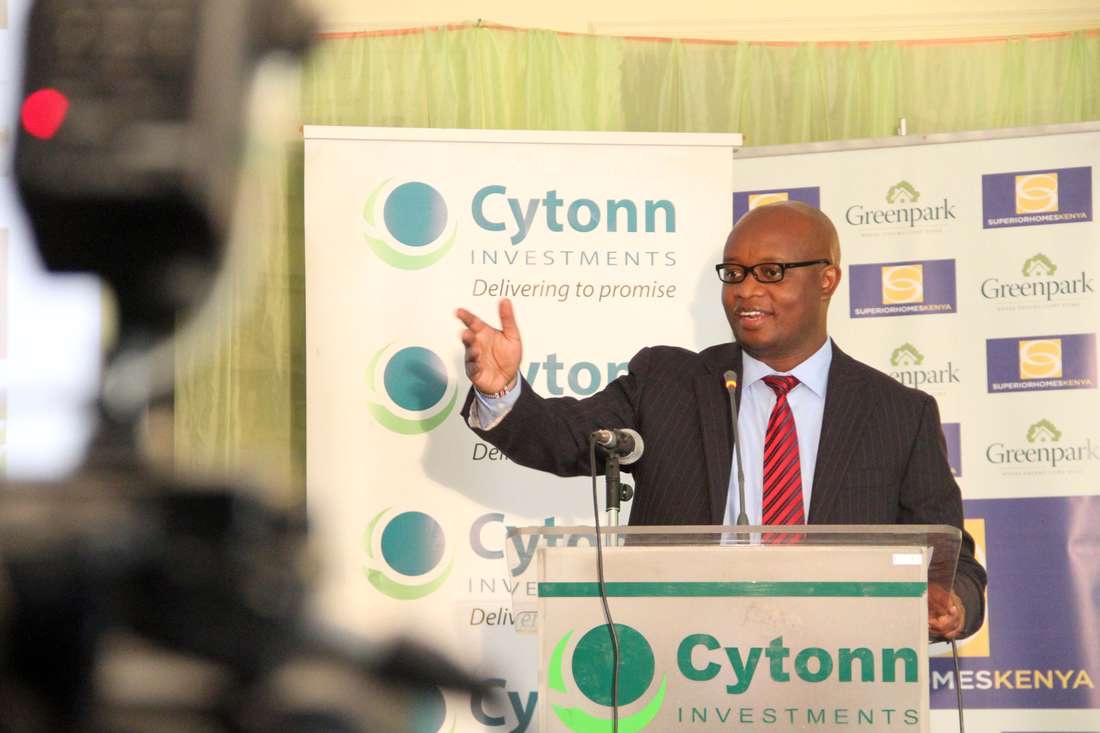Kenya has taken strategic steps to ensure that the country will from now onwards invest in sources of energy that will not be replenished even in a million lifetimes.
A study conducted by African Development Bank (AfDB) dubbed Kenya Goes All Out For Renewable Energy shows that renewable sources currently account for nearly 80% of Kenya’s energy supply.
This means that the country is cutting its dependency on oil and natural gas. Attempts to set up a coal plant in Lamu have been derailed by numerous court cases as activists opine that the “dirty” source of energy poses a significant health risk and should be abandoned altogether.
“The figures speak for themselves; the nationwide electrification rate in Kenya has leapt from 28% in 2013 to more than 60% in 2017, according to data provided by President Uhuru Kenyatta at an energy round table held in January 2018. The government’s next goal is to increase the electrification rate to 80% by 2020,” reads the report.
AfDB hails key investments including the Ksh68.5 billion Lake Turkana Wind Farm in Loyangalani, Marsabit County and the Ksh 12.1 billion Menengai Geothermal Power Station in Nakuru County as major milestones.
Once complete, the Menengai Power Project, Africa’s largest geothermal energy producer is expected to generate 35MW, enough power to supply 500,000 households and power more than 300,000 business entities.
READ: KENYA’S PLANS FOR NUCLEAR ENERGY ON COURSE
The Lake Turkana Wind Power Farm, Africa’s largest wind power generator was connected to the national grid on October 10 and generates 100MW.
Menengai Power Project’s 35MW and Lake Turkana Wind Power Farm’s 100MW add to the 45MW being generated at Olkaria I Power Station, Olkaria II Power Station’s 105MW and Olkaria IV Power Station’s 140MW.
Olkaria Power Stations have been the country’s major electricity producers over the years.
SEE ALSO: VIUSASA SLASHES RATES BY 50% TO STAY AFLOAT
The large scale investments have led to an 8% reduction in the retail price of electricity. The Energy Regulatory Commission (ERC) on July 30 announced new electricity tariffs and scrapped standing charges. AfDB hails the move as a step in the right direction.
AfDB’s report further states that six million homes representing 69.4% of the population have electricity supply and power cuts have been less frequent.












4 Comments